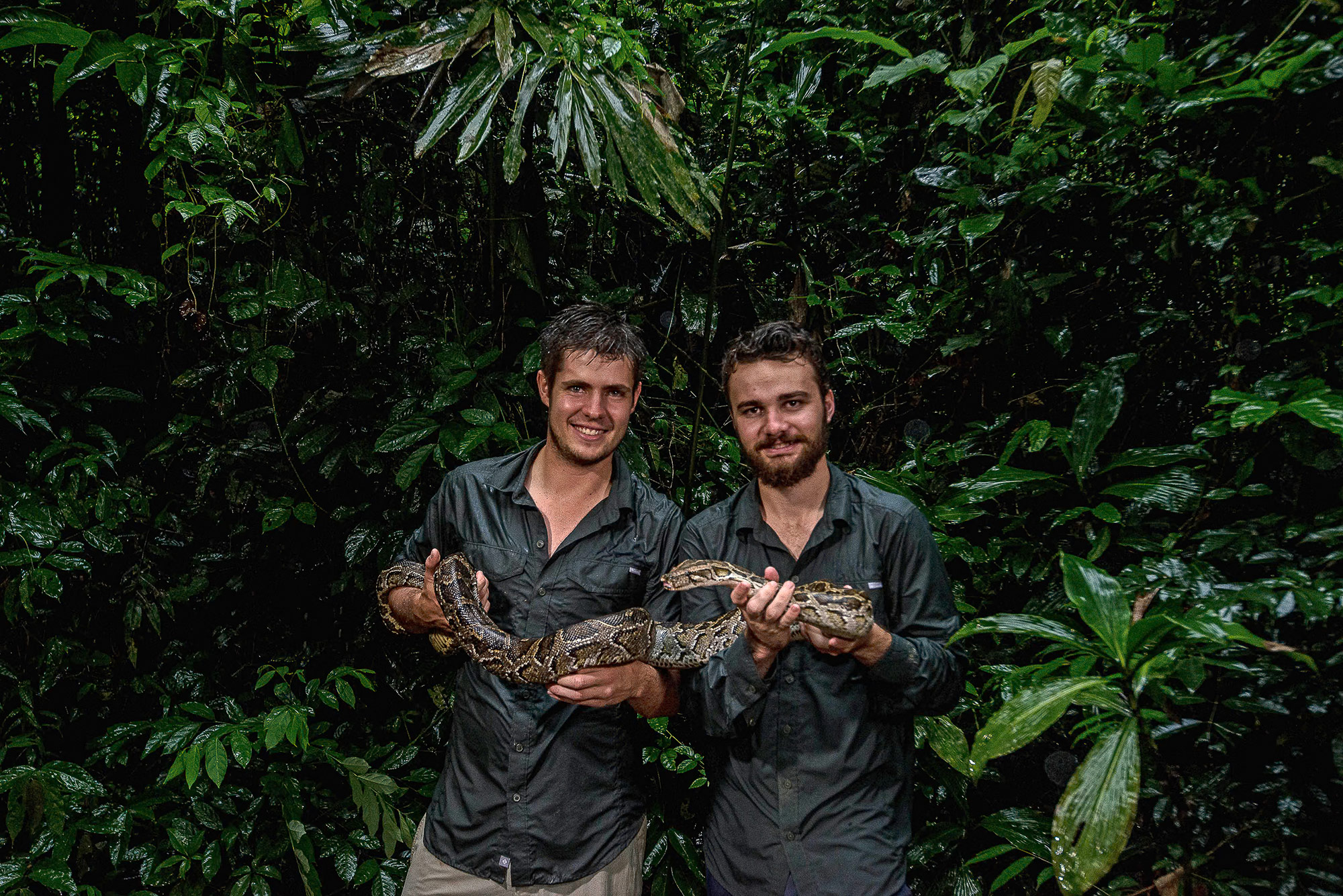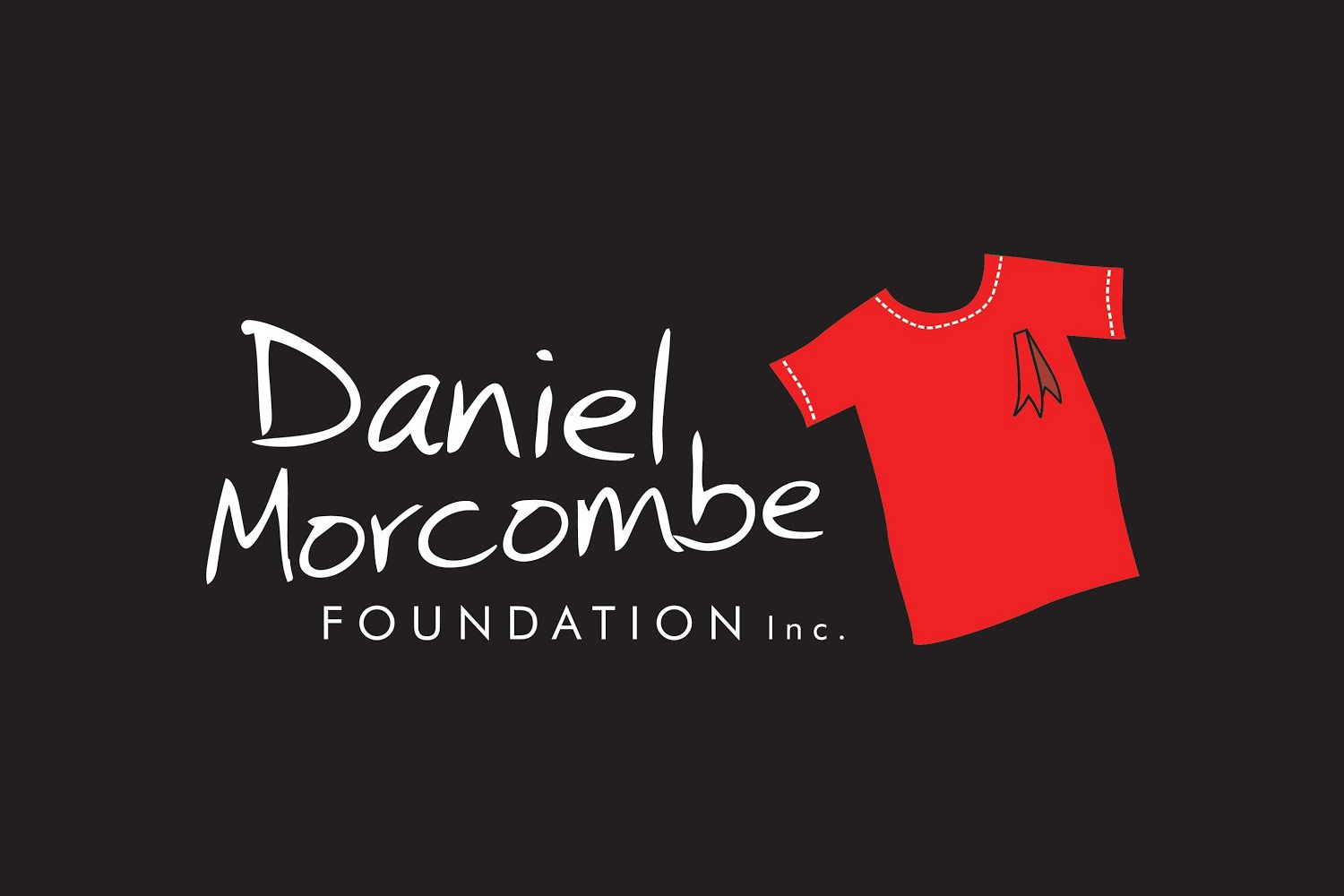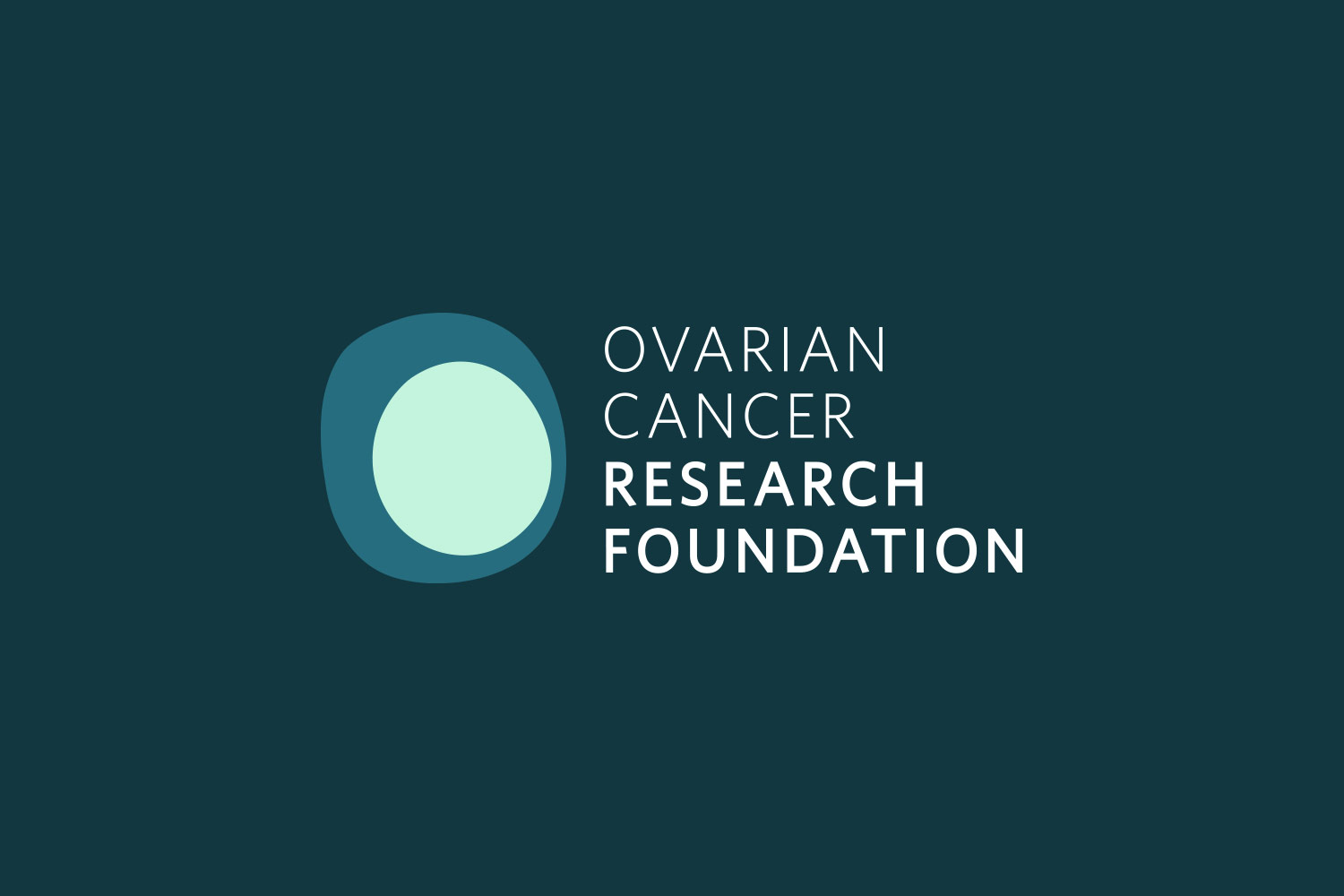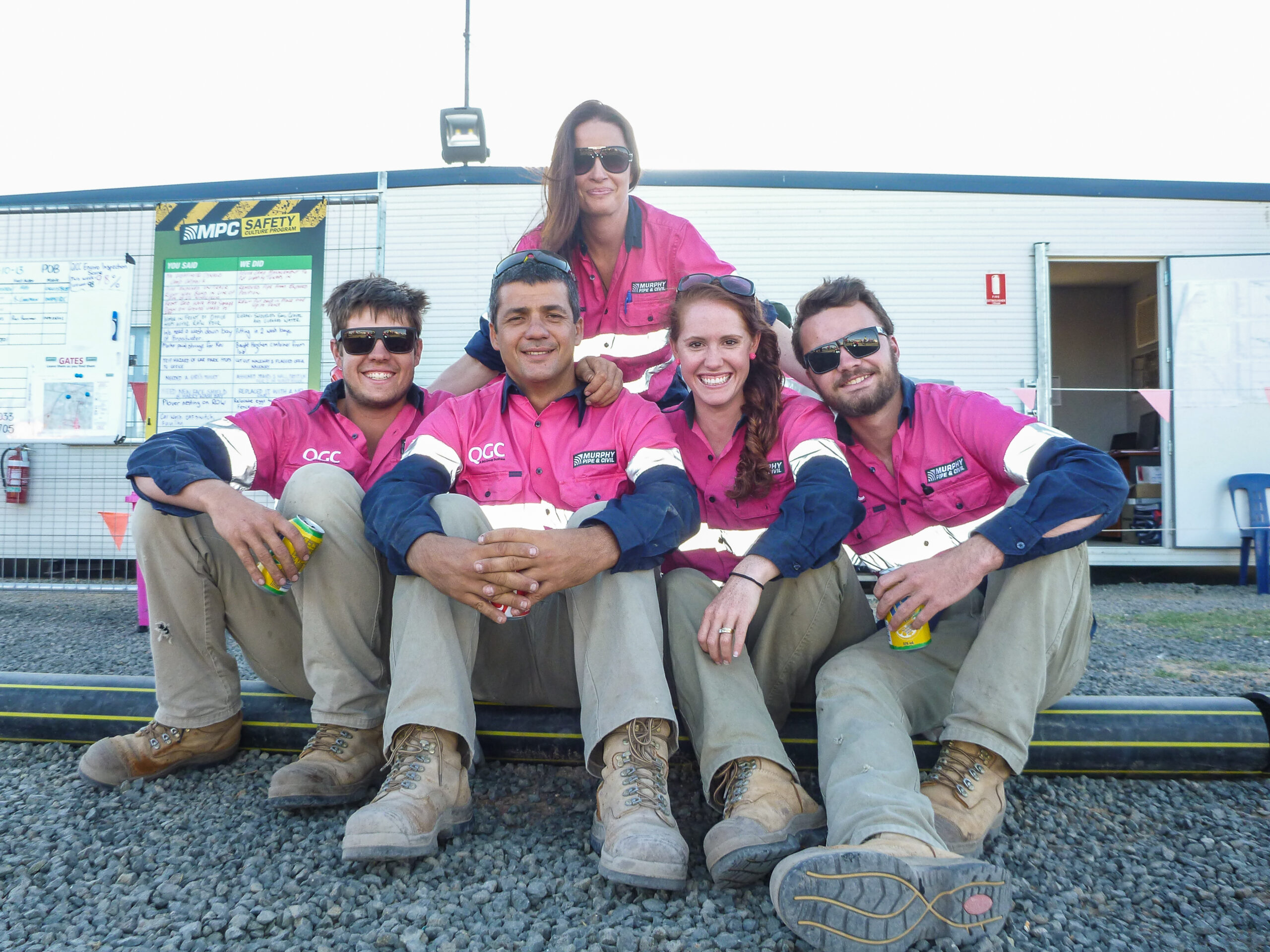In late April of 2016, a daring yet hopeful project in one of Australia’s most popular and iconic destinations, Kakadu National Park, kicked off. Despite the picturesque views of amazing waterfalls and giant rock escarpments, Kakadu and its unique biodiversity is under a great deal of pressure. Feral cats (Felis catus), the poisonous Cane Toad (Rhinella marinus) and poor bushfire management have made this natural wonderland almost completely inhospitable for some of our iconic native mammals, including the Northern Quoll (Dasyurus hallucatus).
The Northern Quoll, sometimes referred to as the ‘Northern Native Cat’, is a small carnivorous marsupial belonging to the same family as the Tasmanian Devil (Sarcophilus harrisii) and is the smallest of the four Australian quoll species.
Once widespread across the Northern Territory’s Top-End, this species has been on a downward spiral over the past century, with the loss of intricate planned burning and the introduction of the feral cat, though it seems the arrival of the Cane Toad was ‘the straw that broke the camel’s back’. As cane toads have spread across much of northern Australia, established populations of Northern Quolls have declined rapidly in recently invaded areas.
With the Northern Quoll officially listed as Critically Endangered in the Northern Territory and thought to be locally extinct in Kakadu National Park, it was time to do something drastic.
The University of Technology Sydney (UTS) in conjunction with The University of Melbourne, the Territory Wildlife Park, Kakadu National Park and the Northern Territory Government, began a project to reintroduce the quoll back into Kakadu.
Kakadu National Park – one of the largest national parks in Australia – is home to a range of rare and endemic plants and animals, including more than one-third of Australia’s bird species and one-quarter of its freshwater and estuarine fish species.
The idea of the project was to gather a large population of wild quolls, teach them to avoid toads, then release them into Kakadu and have researchers track there every movement over the following months. The project began with 30 quolls being taken from an insurance population on an island off the coast of northern Australia and being placed into care at the Territory Wildlife Park. Over the following months these animals were taught a cutting-edge methodology known as ‘toad aversion’. This was achieved by injecting a non-lethal sized toad with an extreme nausea-inducing toxin and feeding it to the quoll, which would then hopefully associate eating the toad, with getting ill.
The Fauna Resources team, having been following this particular project closely during its lead up, were quick to offer their help. Two senior Fauna Resources staff, Lachlan Gilding and Max Jackson, were sent up from their Sunshine Coast base to the picturesque Kakadu, to aid in the monitoring and data gathering of the newly released quolls.
Lachlan and Max teamed up with researcher Dr Christopher Jolly, who at the time was undertaking his PhD studies at the University of Melbourne, and based themselves at a ranger’s station nearby to the reintroduction site. First light every morning would mark the commencement of the days tracking. The quolls were being tracked by the use of ‘radio telemetry’ – a well know and effective way of pinpointing the location of a particular target.
Tracking quolls may sound like an easy process, but in actual fact, it is anything but. The rocky terrain in which the quolls exist may be easy for these small and nimble animals to manoeuvre, but is not the same for humans. Stumbling up and down large rocky escarpments every morning following nothing but an inconsistent ‘BEEP, BEEP, BEEP’ from the receiver is hard work, but the feeling of satisfaction every time a quoll is found alive and well makes it all worth it.
By mid to late morning the quolls had usually been successfully located, captured and the relevant data been recorded, which meant it was time for the team jump in the nearby creek to cool down before heading back to base. The late afternoon was usually spent seeking out interesting and unique potential habitats in which the team would explore on foot each night to document the vast array of native species existing in the region.
Rock Ring-tailed possums (Petropseudes dahlia), Giant cave geckos (Pseudothecadactylus lindneri), aquatic File snakes (Acrochordus arafurae), Black-headed pythons (Aspidites melanocephalus), Boobook owls (Ninox boobook) and an assortment of stunning native frog species were amongst the night-time regulars.
Projects such as this are of critical importance in today’s conservation battle. With the threat of extinction to Australia’s native fauna at an all-time high, we strongly believe it’s time to start thinking outside the box and utilising methodologies not yet instigated or even imagined. The Fauna Resources team were proud to be a part of this project and are looking forward to providing ongoing support to similar projects in the future.
Without doubt there is still a long way to go for Northern quolls in the Kakadu National Park but with more animals due to be added to the existing population, and monitoring due to continue for many years to come, the future is looking bright for this quintessential and iconic Australian species.



